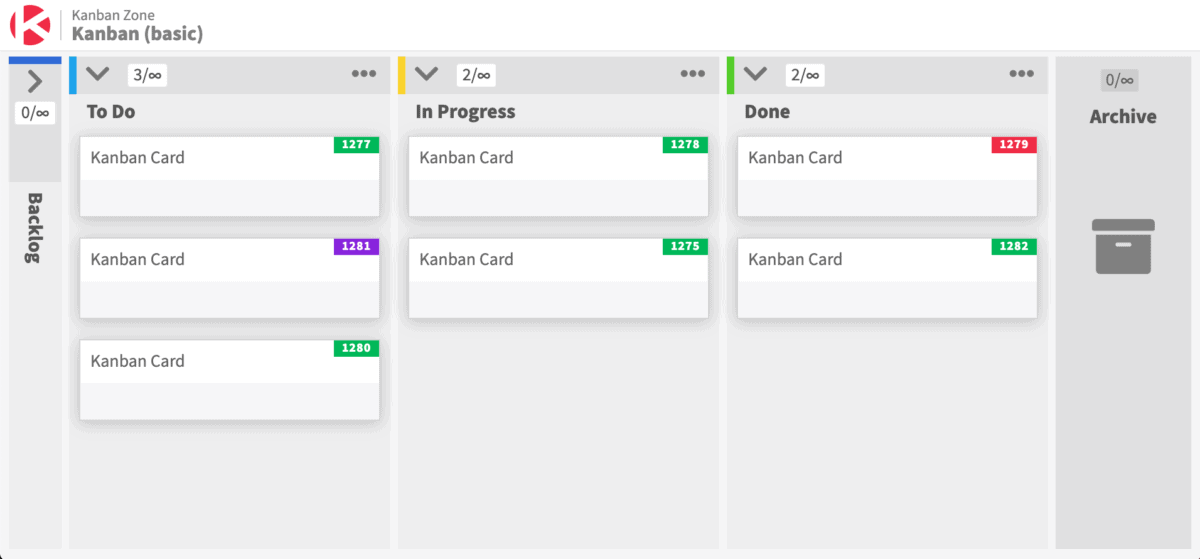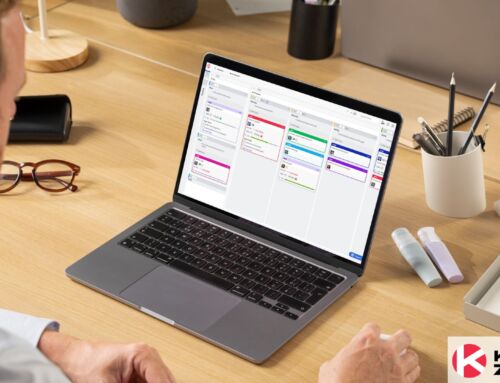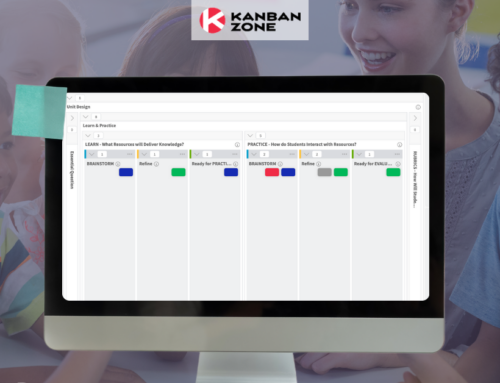
Although the pandemic is almost over, most of us still find ourselves in remote work settings.
Remote work is tricky, it gives us back the time we lose in commuting, but also robs us of our boundary between home and work. Not to mention, the hurdle of having to adapt to working remotely. It’s hard to collaborate while you’re not in the same room with your colleagues, and it’s even harder when your team is distributed in different time zones. There is a solution to this, though. In this article, we’ll explore the challenges of a remote workplace and how you can improve collaboration at a virtual workplace with Kanban boards.
Challenges Faced by Remote Teams
When it comes to remote teams, there are several benefits and drawbacks. The benefits are obvious, employees don’t need to commute to get to work, and the work can be done from anywhere, as long as there’s an Internet connection. But the drawbacks are often overlooked. Here are some key challenges that a remote team might face.
1. Communication among teams
Face-to-face communication is missing in a remote workplace. Just admit it, it’s hard to convey messages without visual signals and facial gestures. Because you’re depending mostly on text messages, misunderstandings could happen. Once communication suffers, sooner or later, everything else will suffer as well. Despite the difficulties, remote teams must overcome this challenge and keep their work aligned.
2. A lower level of focus and productivity
Without anyone there to supervise them, employees can become too comfortable with their work setting. Also, there are a lot of distractions around their homes. Screaming kids, or sounds from the TV. As a result, the productivity of the whole team can suffer. That’s why we must do our best to keep the team focused on the work. Later, we will discuss how we can do this with Kanban.
3. Remote task management
It is more challenging to plan and monitor your team’s tasks and projects when they are not in the office with you. How do you make sure that everyone is doing what they are supposed to do? How do you keep track of the progress you’re making on the project?
4. Accountability
Accountability is a lot more difficult when people aren’t in front of you. Are your team members working or are they distracted by social media? You’ll never know with remote work. It can get even more complicated if you want to keep their privacy untouched, as it means that you can’t install a tracker on their computers.
Improving Collaboration in Remote Teams using Kanban
Luckily, there’s a solution to the problems we’ve discussed. One solution for all four problems usually faced in a virtual workplace. It’s called Kanban.
What is Kanban?
Kanban means ‘card’ in Japanese. Kanban is a simple work management method designed to visualize work for better management, where you flow tasks as cards through columns. It was developed by Taiichi Ohno to produce cars for Toyota effectively. Today, it is used in a variety of industries to improve team efficiency. You may have seen it in popular project management software.

You can create a physical Kanban board, or a virtual one using an application. There are five core properties in Kanban to help you get started with your Kanban board.
1. Visualize the workflow
First, visualize your current process on the Kanban board. This means translating each step in your process into columns. A simple Kanban board has three columns: To Do, In Progress, and Done. You can of course customize these columns as you like, adding more columns as you see fit.
Next, you’ll create tasks as cards in the column. Cards usually have the name of the task, description, and the owner on them (the person who is responsible for the task). Then, your team can start flowing the cards through the column, from To Do to Done.
By having your process visualized, you unearth the work that is being done behind the scenes, like the ones in your email. It gives better visibility to your team, as who is doing what is clear on the board. Our four problems can be solved with this property, especially the remote task management problem.
2. Limit work-in-progress (WIP)
Kanban respects someone’s limit of attention. That is why you are encouraged to set the limit of work-in-progress (WIP). When you do it, there will be a limit on the number of tasks being worked on. This property reduces multitasking and makes sure that our second problem, a lower level of productivity and focus, is solved.
3. Measure and manage flow
Now that your process is visualized, your team can better understand where the inefficiencies are in the process. If you’re using a software or an application to create your board, you can even collect valuable metrics from your board, to help you spot and address the inefficiencies. This specific property solves the second and third problems, a lower level of focus and productivity, and remote task management.
4. Make process policies explicit
State how you’d like the work to be carried out and what the expectations are at each step of the process. This way, every team member gets to see what is expected of them every time they work on the project. By making process policies explicit, you solve problem number one, improving how communication is done between team members.
5. Use models to recognize improvement opportunities
Once the board is fully utilized, your team can start searching for improvement opportunities. One way to do this is by using Value Stream Mapping, which can help teams to identify and eliminate waste in the process. This property ensures that every activity that is being done is adding value to the business, solving the second problem, a lower level of focus and productivity.
Conclusion
As we’ve seen, we can solve the challenges we usually encounter at a virtual workplace with Kanban. The visualization that Kanban has ensures that everyone is on the same page, every day. No one is underworked or overworked, as Kanban has a WIP limit.
Kanban project management has been proven to improve team collaboration, efficiency, and clarity, even when your team members are in different time zones. If you’re looking for an online Kanban tool, try Kanban Zone for free today.
Learn to Work Smarter, Not Harder!
Get our top articles weekly.
Table Of Contents
Discover many more posts…






